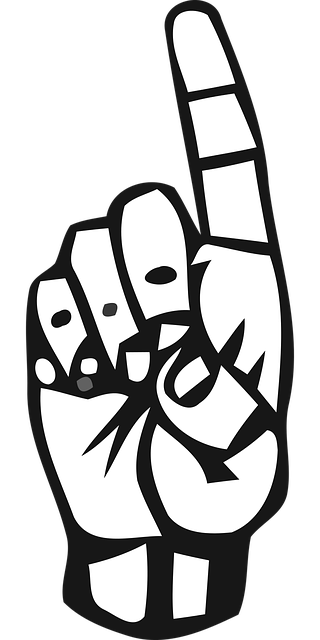Sign language is used by millions of people around the world, but unlike Spanish, Mandarin or even Latin, there’s no automatic translation available for those who can’t use it. SLAIT claims the first such tool available for general use, which can translate around 200 words and simple sentences to start — using nothing but an ordinary computer and webcam.
People with hearing impairments, or other conditions that make vocal speech difficult, number in the hundreds of millions, rely on the same common tech tools as the hearing population. But while emails and text chat are useful and of course very common now, they aren’t a replacement for face-to-face communication, and unfortunately there’s no easy way for signing to be turned into written or spoken words, so this remains a significant barrier.
We’ve seen attempts at automatic sign language (usually American/ASL) translation for years and years. In 2012 Microsoft awarded its Imagine Cup to a student team that tracked hand movements with gloves; in 2018 I wrote about SignAll, which has been working on a sign language translation booth using multiple cameras to give 3D positioning; and in 2019 I noted that a new hand-tracking algorithm called MediaPipe, from Google’s AI labs, could lead to advances in sign detection. Turns out that’s more or less exactly what happened.
SLAIT is a startup built out of research done at the Aachen University of Applied Sciences in Germany, where co-founder Antonio Domènech built a small ASL recognition engine using MediaPipe and custom neural networks. Having proved the basic notion, Domènech was joined by co-founders Evgeny Fomin and William Vicars to start the company; they then moved on to building a system that could recognize first 100, and now 200 individual ASL gestures and some simple sentences. The translation occurs offline, and in near real time on any relatively recent phone or computer.
Image Credits: SLAIT
They plan to make it available for educational and development work, expanding their dataset so they can improve the model before attempting any more significant consumer applications.
Of course, the development of the current model was not at all simple, though it was achieved in remarkably little time by a small team. MediaPipe offered an effective, open-source method for tracking hand and finger positions, sure, but the crucial component for any strong machine learning model is data, in this case video data (since it would be interpreting video) of ASL in use — and there simply isn’t a lot of that available.
…….
